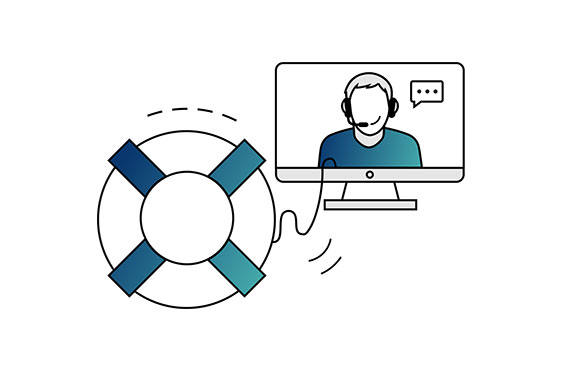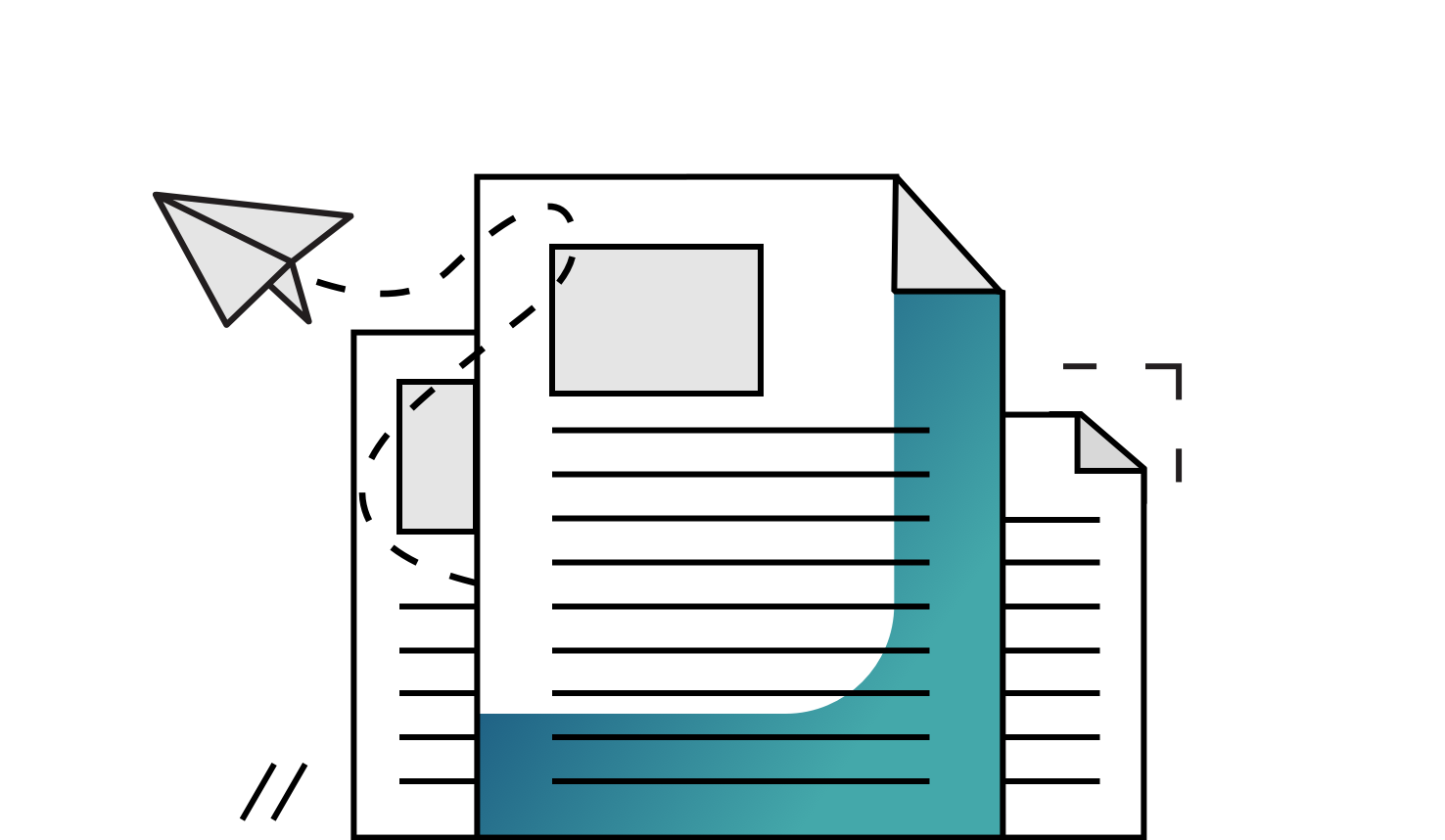
Media Transcoding
Media transcoding is a process that prepares a media format for a workflow purpose. So, what is a workflow purpose that requires media transcoding, you might ask? Good question.
Much of the time a media supply chain starts with some original media being introduced into the workflow. This could be RAW camera files for production, or it could be master files that need to be prepared for distribution or archiving. The last step in the media supply chain is distribution – and here again, in order to meet the purpose of the distribution workflow, the media file needs to be ”economical” with bandwidth and compatible for viewing on as many devices as possible, with good quality maintained. So, depending on the above purposes, the media will be transcoded and converted using a codec and a format that meets the different media supply chain requirements.
NOTE In this article we refer to video, but of course audio is in general transcoded according to the very same principles described.
-
The main types of media files in the media supply chain
◉
A RAW camera file is likely quite big because it needs to include a lot of image information for the creative work.
A master file should not primarily be used in creative work anymore, but still needs to store the necessary information for re-editing and media transcoding to a new format and codec.
A media file for archival can be quite similar to a master file, but with some additional considerations on future codec and format compatibility. Will this format and codec of choice be future proof? Or is the codec license under private company control? These are important questions to consider when choosing the right codec for archiving.
The distribution media file needs to be compatible with many different devices and targets such as mobile, web browsers, setup boxes, smart TV apps - at any available bandwidth.
What is Media Transcoding?
A video sequence by itself is made up of a number of images, or frames per second in a specified resolution. For example, 1920 x 1080 at 25 fps – the standard HD television size. A codec is a mathematical algorithm that defines how the image information is stored in the the same digitized video sequence.
The original or master files above can use codecs such as:
- Apple ProRes
- Avid DNxHD
- IMX/ XDCAM / XDCAMHD ( mpeg2)
- AVC INTRA 50/100
- DV/DVC PRO
- REDCODE
- ARRI RAW
These files are quite big, but it is not the file size we should focus on, but rather the bitrate – the amount of data per second. Remember that we are looking at a number of frames each second. Each of these frames has a data size – and after watching a second, we have 25 frames X each frames data size – this makes up the bitrate per second.
The bitrate is one of the challenges we need to address in a production system. When ten editors start playing back media sequences from the central storage, the storage needs read capability to deliver media simultaneously to all ten editors. Depending on your codec of choice, the same media can be defined with different bitrates. For these reasons, a production house might decide to start a media transcode process to convert the original media files from one codec to another codec with a lower bitrate or complexity. This conversion, also known as, a media transcoding process, will enable a faster and more efficient editing workflow. Also, if the material needs to be available on the cloud for web viewing, the media file's bitrate needs to correspond directly with the available bandwidth of the web viewer.
Let's take one of the codecs above, for example. The Apple ProRes HQ 1920 x 1080 has a native bitrate of 220 Mbit / second. This theoretically means that you need to have more than 220 Mbit available bandwidth to watch this media file in real-time. Otherwise, you will have to wait for a download. Not optimal, right? The bitrate per second is also one of the challenges we need to address on a media supply chain's distribution side.
Media transcoding for distribution
To be able to solve the issue described above, we need to invoke a new media transcode process. In the media transcoding process, we will now use a much more suitable codec for this distribution purpose.
There are several codec alternatives for distribution today. In common for these codecs is the use of a compression technique where pixels are “reused“ within the same picture (spatial compression) and over time between pictures (temporal compression). The result is compressed video for distribution at a maybe 1/ 20 or less of the bitrate and size of the original file – still visually looking the same.
Codecs for distribution:
MPEG 2
H264 / AVC
H265 / HEVC
VP8/VP9
AV1
We will use the H264 codec – essentially doing media transcode from the original 220 Mbit Pro Rres HQ 1920 x 1080 file to an H264 file for web distribution.
Media Transcoding Software at Vidispine
In the Vidispine media supply chain, several transcode services are available for different media supply chain purposes. We can decode your REDCODE files and convert them into Apple ProRes HQ 1920 x 1080 files for editing, as well as make H264 files for web viewing – while maintaining the relationship between master files and proxy files. We can also transcode your master files for delivery to your VOD platform with the metadata necessary for your platform and playout.
Media is essentially made up of three components – video, audio and metadata. The Vidispine media supply chain will manage all three and allow full integration by API (application programming interface) or GUI (graphical user interface) using our VidiCore Development Toolkit.
Vidispine also manages transcode solutions in a hybrid environment if necessary, meaning that it really doesn't matter if you need to store your media on-premise, in the cloud or both. The VidiCore Server Agent (VSA) will be responsible for transporting and transcoding media files between your on-premise storage and cloud media management.
Want to know more? Do not hesitate to contact us with your thoughts and ideas.

Let us help you get started with media transcoding in VidiNet. Contact us to get a free demo or let us help you create a customized trial based on your needs.
Your Contacts for Media Transcoding





